Search The Collection
Filter By
Crossbows
Geographic Location
Date / Era
Department
Show Only:
- As part of the Met's Open Access policy, you can freely copy, modify and distribute this image, even for commercial purposes.APIPublic domain data for this object can also be accessed using the Met's Open Access API
- Objects with changed or unknown ownership in continental Europe between 1933-1945. Learn more
Showing 88 results
Sort By:
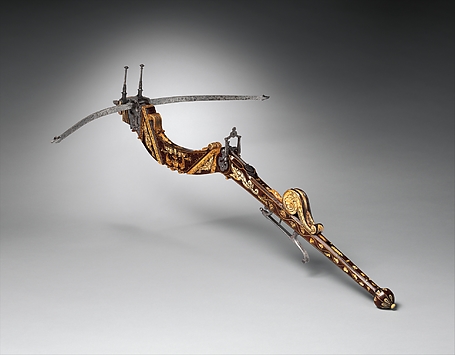
Northern Italian or French, probably Savoy
dated 1573
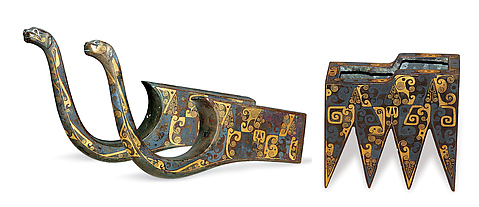
China
Western European or Near Eastern
before 1272
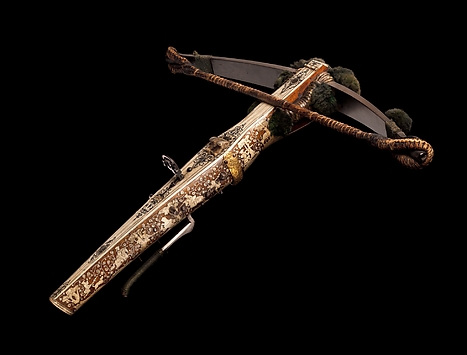
Johann Gottfried Hänisch the Elder
crossbow, ca. 1720–30; winder, ca. 1575–1600

European, possibly British
ca. 1475–1525
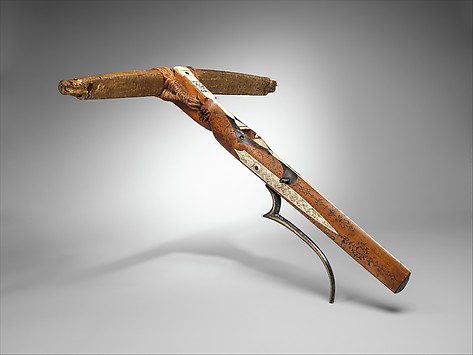
Heinrich Heid von Winterthur
dated 1460

southern German or Tyrolese; cranequin probably German or Swiss
crossbow ca. 1600–1650; cranequin dated 1556
German
17th century
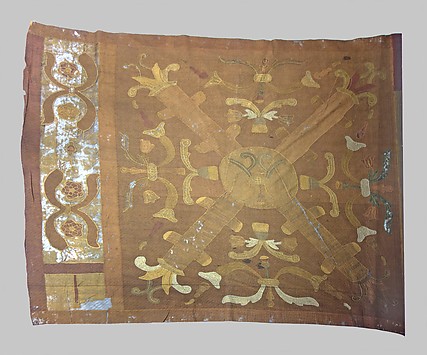
Flemish
late 17th century
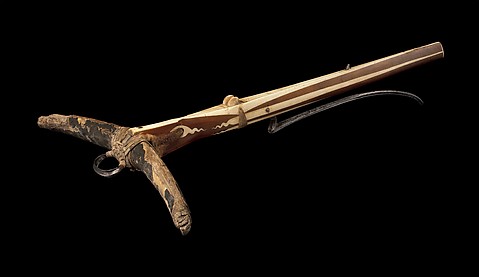
Central European, possibly Austria
ca. 1425–75
Western European or Near Eastern
before 1272
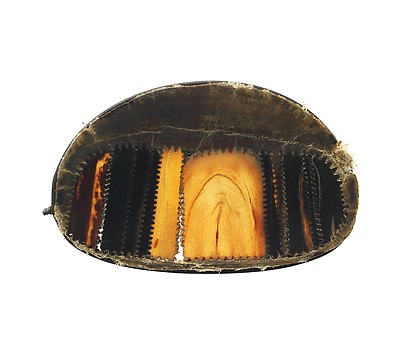
European
15th century
Chinese
19th century
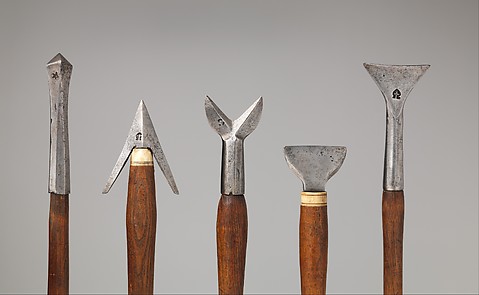
Central European; German or Austrian
probably late 15th or early 16th century
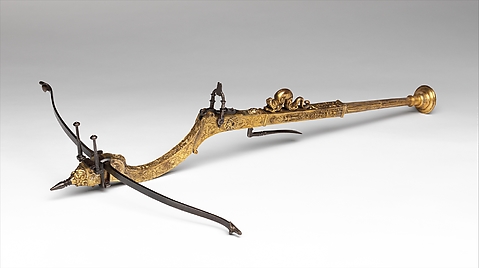
probably French, possibly Paris
ca. 1850–90
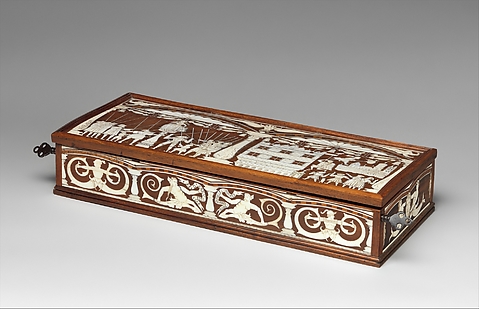
Hans Wagner the Elder
dated 1539
German
16th century
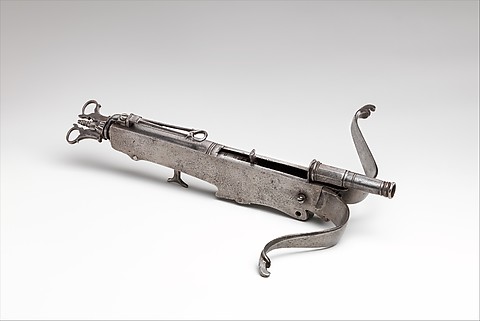
Probably Italian
probably 17th or 18th century, with later modifications
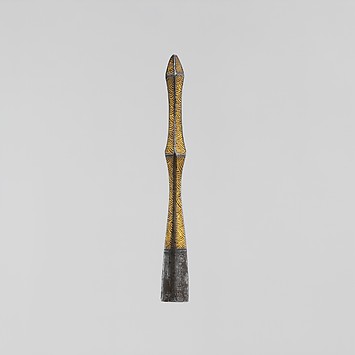
Tibetan
17th–18th century
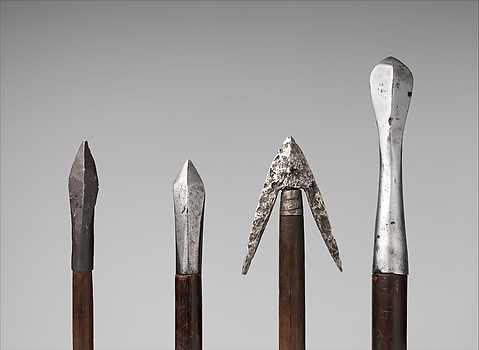
Western or Central European; j, possibly Switzerland
15th–17th century; j, probably 15th or 16th century
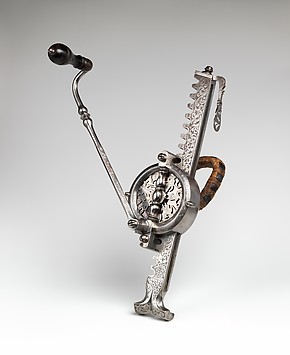
German, probably Nuremberg
dated 1727

probably Belgian or Dutch
tiller of crossbow, mid-18th century; bow, probably 19th century; windlass, ca. 1600–1750
German, probably Saxony
probably 17th century

German
ca. 1600–1650
German
ca. 1580
Possibly French
17th century

Western European or Near Eastern
before 1272
Italian
16th century
European, possibly German
probably 16th or 17th century
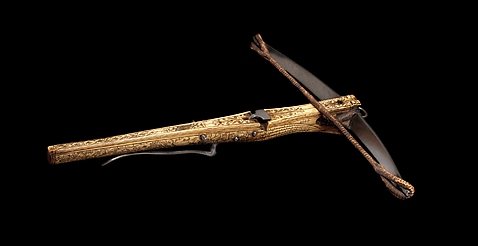
Central European, possibly southern Germany
late 15th or early 16th century, and later; date 1584 engraved probably during the 19th century
Japanese
ca. 1615–1868
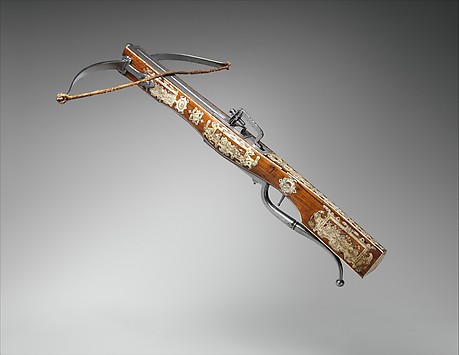
Jacob Floris
ca. 1570–1600
China
Indian
19th century
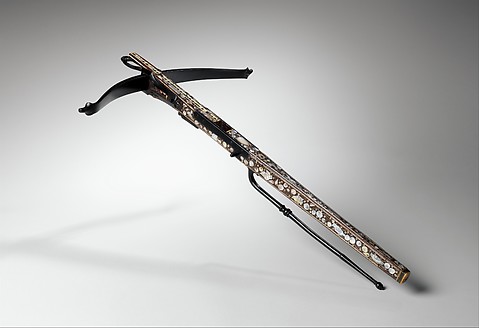
probably British, possibly London
ca. 1600–1625

Western or Central European; quiver, possibly German
quiver, probably early 16th century; bolts, 14th–16th century
European, possibly German
probably 16th century
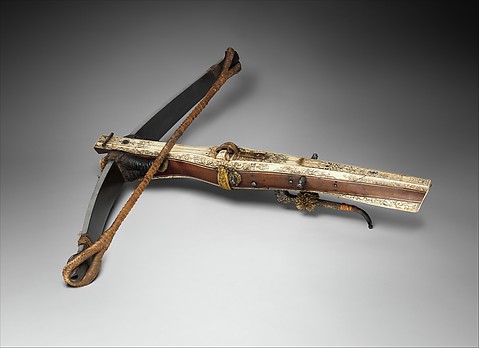
German, probably Dresden
dated 1663
Central European, possibly Germany
probably 17th or 18th century
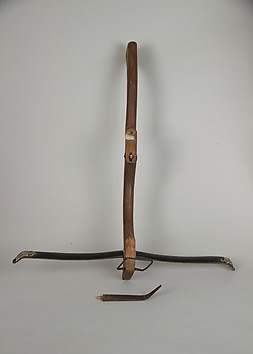
Chinese
19th century